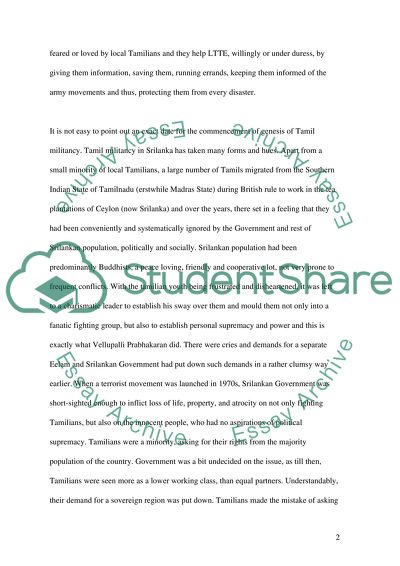Cite this document
(“Conflict in Sri lanka Essay Example | Topics and Well Written Essays - 2250 words”, n.d.)
Retrieved from https://studentshare.org/history/1508656-conflict-in-sri-lanka
Retrieved from https://studentshare.org/history/1508656-conflict-in-sri-lanka
(Conflict in Sri Lanka Essay Example | Topics and Well Written Essays - 2250 Words)
https://studentshare.org/history/1508656-conflict-in-sri-lanka.
https://studentshare.org/history/1508656-conflict-in-sri-lanka.
“Conflict in Sri Lanka Essay Example | Topics and Well Written Essays - 2250 Words”, n.d. https://studentshare.org/history/1508656-conflict-in-sri-lanka.


